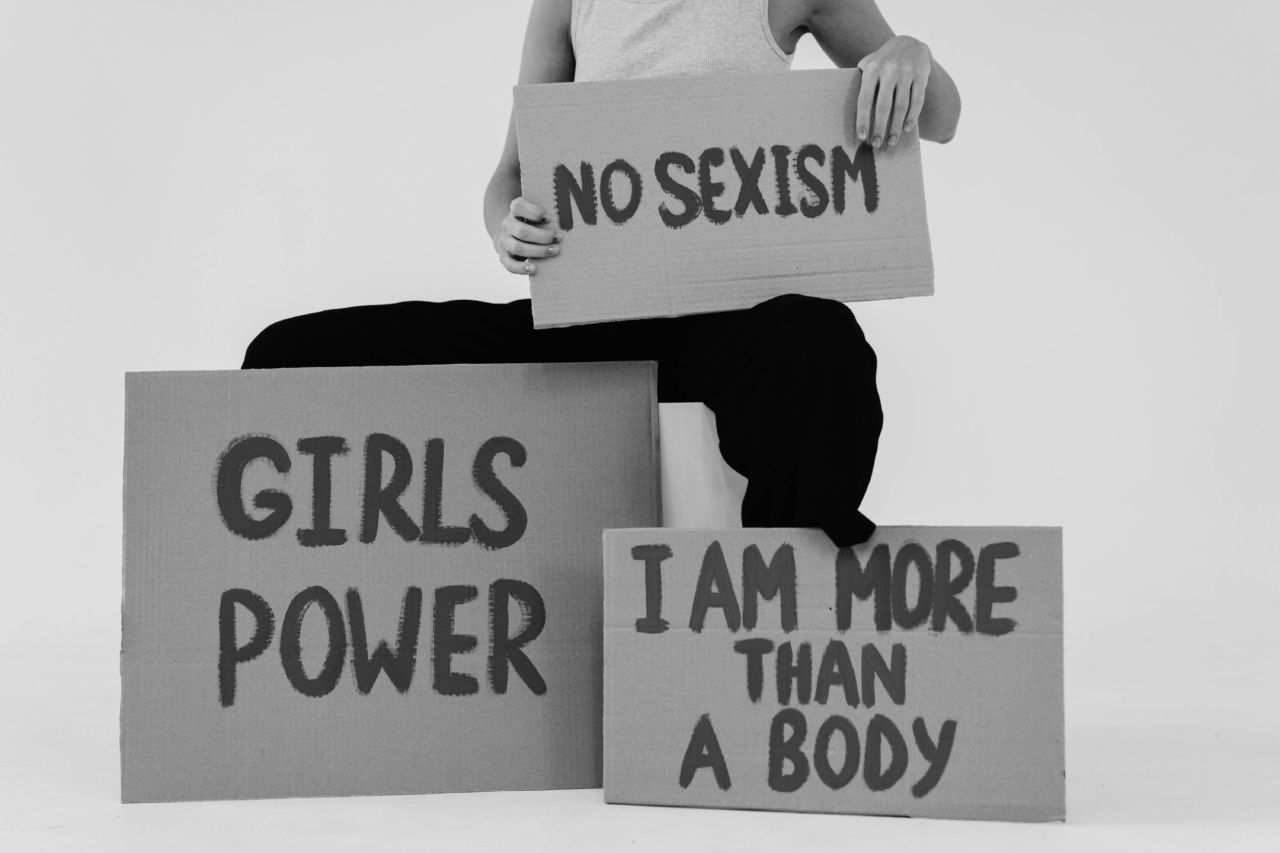Osteoporosis is a common bone disease characterized by low bone density and deterioration of bone tissue, resulting in fragile bones that are prone to fracture. It primarily affects older individuals, particularly postmenopausal women.
However, while osteoporosis is prevalent among women, not all women are equally susceptible to this condition. Various factors contribute to an individual’s risk of developing osteoporosis, including genetics, hormonal factors, lifestyle choices, and medical conditions.
Role of Genetics
Genetics play a significant role in determining an individual’s susceptibility to osteoporosis. Research has identified certain genetic variations that are associated with an increased risk of developing the condition.
For example, variations in the genes responsible for regulating the production of estrogen, a hormone crucial for maintaining strong bones, can influence an individual’s risk of osteoporosis. Additionally, genetic variations in bone mineral density-related genes can affect bone strength and density, further contributing to the risk of osteoporosis.
Hormonal Factors
Hormonal changes, particularly during menopause, make women more susceptible to osteoporosis. Estrogen, the primary female sex hormone, plays a crucial role in bone health. As women age, their estrogen levels decrease, leading to increased bone loss.
Menopause accelerates this process. Women who experience early or surgical menopause, where the ovaries are removed, are at a higher risk of developing osteoporosis due to the abrupt decline in estrogen levels.
Lifestyle Choices
Several lifestyle choices can influence the development of osteoporosis in women. A sedentary lifestyle, lack of physical activity, and inadequate weight-bearing exercises can contribute to decreased bone density.
Regular exercise, especially weight-bearing exercises like walking, running, and resistance training, helps improve bone health and lower the risk of osteoporosis. Additionally, smoking and excessive alcohol consumption have been linked to reduced bone density and increased fracture risk.
Diet and Nutritional Factors
A balanced diet rich in essential nutrients is vital for maintaining strong and healthy bones. Calcium and vitamin D are particularly important for bone health.
Calcium is the primary mineral responsible for bone strength, while vitamin D helps in the absorption of calcium. Women with low dietary calcium intake or those with conditions that hinder calcium absorption, such as lactose intolerance, are at a higher risk of osteoporosis.
Vitamin D deficiency, often associated with limited exposure to sunlight, can also contribute to decreased bone density.
Medical Conditions
Several medical conditions and medications can increase the risk of osteoporosis in women. Hormonal disorders like hyperthyroidism and Cushing’s syndrome affect bone metabolism, leading to decreased bone density.
Chronic conditions like rheumatoid arthritis, inflammatory bowel disease, and kidney disease can also impair bone health. Furthermore, long-term use of certain medications, such as corticosteroids and some anticonvulsants, can cause bone loss and increase fracture risk.
Age and Menopause
Age is a critical factor in the development of osteoporosis. As women age, the rate of bone loss accelerates, particularly after menopause. Postmenopausal women often experience a 2-3% loss in bone density per year due to the decrease in estrogen levels.
This makes older women more susceptible to osteoporosis-related fractures.
Family History
Family history is a significant risk factor for osteoporosis. If a woman has a parent or sibling with osteoporosis or a history of fractures, her risk of developing the condition is higher.
This indicates a genetic predisposition for reduced bone density and contributes to an increased susceptibility to osteoporosis.
Body Composition
Body composition, specifically low body weight and a small frame, is associated with an increased risk of osteoporosis. Women with a lower body mass index (BMI) typically have less bone mass and are more susceptible to fractures.
Additionally, women with a slender build may have less bone mass to withstand age-related bone loss, thereby increasing their risk of osteoporosis.
Ethnicity
Ethnicity can influence a woman’s risk of osteoporosis. Research has shown that Caucasian and Asian women, particularly those of Chinese or Japanese descent, have a higher risk of osteoporosis compared to women of African or Hispanic descent.
The differences in bone density between ethnic groups can be attributed to variations in calcium metabolism, hormonal factors, and genetic predispositions.
Conclusion
Osteoporosis is a complex bone disease that affects women worldwide. While the condition is more prevalent in postmenopausal women, not all women are equally susceptible to osteoporosis.
Factors such as genetics, hormonal changes, lifestyle choices, medical conditions, age, family history, body composition, and ethnicity all contribute to an individual’s risk of developing osteoporosis. Understanding these factors and adopting preventive measures such as regular exercise, a balanced diet, and appropriate supplementation can help reduce the risk and severity of osteoporosis, ensuring better bone health for women.






























